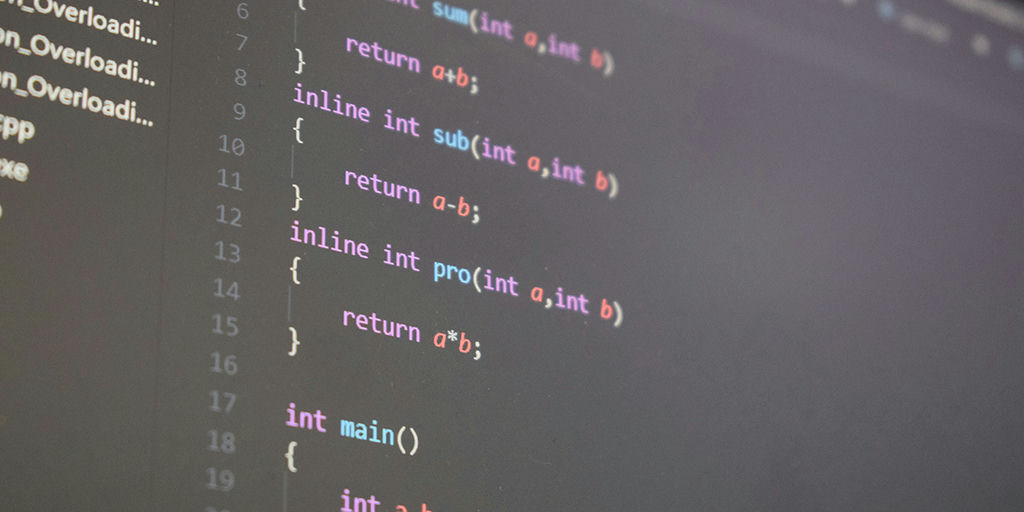Green Coding: How Efficient Programming Reduces Global Electricity Demand

(Image Source: Uday Awal/Unsplash)
Technology evolves rapidly, and our efforts to make it sustainable often lag behind. While the carbon pollution footprints of industries like transportation and manufacturing are now widely acknowledged, the tech sector—especially software development—has flown under the radar as a significant contributor to global energy consumption and carbon emissions. Organizations such as The Green Software Foundation and The Sustainable Digital Infrastructure Alliance believe it’s time to shine a light on this and embrace green coding practices. Developers can create software that’s kind to our planet by enacting energy-efficient coding strategies. When these practices are implemented at scale, their impact multiplies, significantly reducing the tech industry's environmental footprint.
Understanding the Impact of Software on the Environment
Tech giants such as Google, Facebook, and Amazon rely on enormous facilities, known as data centers, to manage the colossal amounts of data they handle. Data centers are rooms or sometimes entire buildings that house thousands of servers that operate around the clock. They are notorious for their hefty energy consumption due to all the electricity needed to power and cool these servers. According to the International Energy Agency (IEA), data centers account for about 1% of global electricity demand. As our reliance on digital services and AI grows, this number is only set to increase.
Although some power in these facilities goes to temperature control, security, and fire prevention, most of the energy is consumed by the software. If the software is inefficient, the computer's central processing unit (CPU) consumes more resources. This increased energy consumption also produces more heat, which means more power is needed for cooling. By writing efficient code, developers can reduce the energy required to run their applications, which lowers the overall carbon footprint of their software. Practicing good code hygiene also saves companies money. While some companies already have coding standards and policies in place, it’s worth analyzing where improvements can be made.
Practical Steps for Coding
1. Manage Resources Wisely A person packing for a trip only takes what they need rather than hauling along everything they own. Similarly, in coding, optimal use of memory and processing power prevents waste. For example, "lazy loading" is a technique that loads only the data or components needed at the moment, rather than everything at once. This approach minimizes unnecessary processing and conserves energy.
2. Use Energy-Saving Languages Coding languages can either be compiled or interpreted. When languages are interpreted the computer translates the code in real time. On the other hand, compiled languages like C, C++, and Rust are already converted into machine code that the computer understands directly, making them more energy efficient. If it's an option, choosing the right language for the task can have a large impact on power usage.
3. Leverage Local Processing Imagine if turning the lights on at home required sending a request to someone far away. It would be much faster and more straightforward to flip the light switch yourself. Similarly, performing computations on the user’s device instead of sending data to a remote server can be more energy-efficient. Processing locally reduces the energy used and keeps data closer to the user, enhancing privacy. This lets the user prioritize what to store, rather than storing duplicates in the cloud.
4. Profile and Monitor Analyzing how code uses resources identifies areas for improvement and ensures that it runs effectively. Regular performance monitoring highlights instances when performance unexpectedly regresses (gets worse). When developers are alerted to potential problems early, they can respond to issues sooner, keeping software performing optimally.
5. Keep Up With Global Energy and Climate Reports Regularly reviewing the latest global energy and climate reports allows developers and companies to adjust their practices so that they align with evolving standards and contribute more effectively to global environmental goals.
The Broader Impact of Green Coding
The benefits of green coding extend far beyond individual applications. On a larger scale, adopting energy-efficient coding practices can lead to significant reductions in data center energy consumption, which helps cut down on carbon pollution. As the demand for data processing continues to rise with the popularity of smart devices, artificial intelligence, and big data analytics, green coding practices become even more impactful.
Coding sustainably also improves user experience. Energy-efficient applications often run faster and more smoothly. For mobile devices, optimized software can lead to longer battery life, a practical advantage that users will appreciate.
As the world becomes increasingly reliant on digital technology, the environmental impact of software cannot be ignored. Green coding presents an opportunity for developers to contribute to sustainability efforts. Implementing these practices saves on operational costs, making it a financially sound strategy to maintain high standards for efficient coding. By adopting these practices and optimizing their software, companies can help reduce the tech industry’s environmental footprint and contribute to a more sustainable digital future.
*International Energy Agency. (n.d.). Data centres and data transmission networks. International Energy Agency. Retrieved July 21, 2024, from https://www.iea.org/energy-system/buildings/data-centres-and-data-transmission-networks
**Wikipedia contributors. (2024, July 15). Data center. In Wikipedia, The Free Encyclopedia. Retrieved July 21, 2024, from https://en.wikipedia.org/wiki/Data_center

